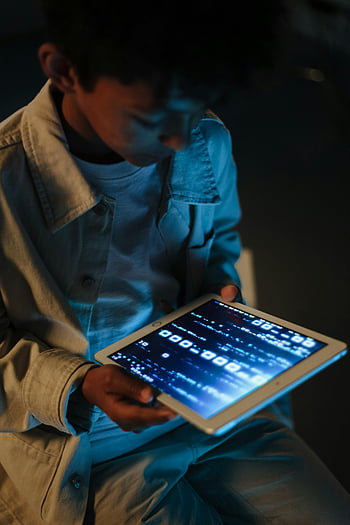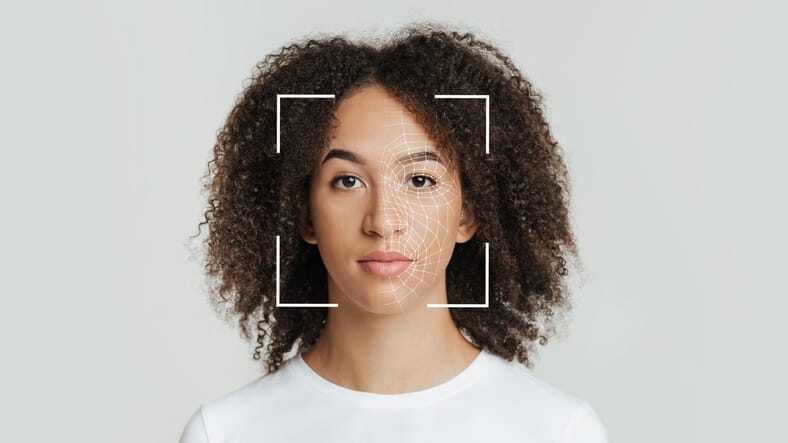Ecommerce photo editing makes a big difference for online stores. Good ecommerce photo editing helps products look their best. Proper ecommerce photo editing can increase sales and build trust. Smart ecommerce photo editing saves time and money. Effective ecommerce photo editing creates a consistent brand look. This article shares 12 tips for better ecommerce photo editing. No matter if you're just starting or have an established store, these ideas will help. Let's dig in to how you can level up your product images.
March 15, 2025 | By Lola Lin
.png?width=800&height=533&name=Phone_Hands_Typing%20(1).png)
1. Remove Backgrounds for Clean Product Shots
Background removal is one of the most important steps in ecommerce photo editing. It helps your products stand out against a clean white or transparent background. This makes your items look more professional and easier to see.
- Why background removal matters:
- Creates a consistent look across all product images
- Makes products the main focus without distractions
- Works better for marketplace requirements like Amazon or eBay
Tools like Claid.ai offer AI background removal that works in seconds. You can upload your image and get a clean product shot without the original background. This saves hours of manual editing work.

2. Use Assembo.ai to Create Custom Backgrounds
Assembo.ai is a great tool for ecommerce photo editing that lets you create custom backgrounds for your products. Instead of plain white backgrounds, you can place your products in realistic settings that show how they might be used.
- How Assembo.ai helps with ecommerce photo editing:
- Upload your product image with a clean background
- Choose from various scene templates or create your own
- Adjust lighting and perspective to make it look natural
This approach helps customers imagine using your products in their own lives. For furniture, this might mean showing a chair in a living room setting. For kitchen items, you could show them on a countertop with other items. LightX offers similar background generation features that can help create these realistic settings.

3. Correct Colors for Accurate Representation
Color accuracy is key in ecommerce photo editing. Customers want to see the true colors of your products. When colors don't match what arrives, it leads to returns and unhappy customers.
- Steps for proper color correction:
- Use a color checker card during photography for reference
- Adjust white balance to remove color casts from lighting
- Match colors across all images of the same product
Pixelz offers professional color correction services that ensure your products look consistent. They can match colors to specific codes or reference images. This is especially important for clothing, home decor, and products where color is a key buying factor.

4. Fix Lighting and Exposure Issues
Poor lighting can ruin otherwise good product photos. Ecommerce photo editing can fix many common lighting problems. This includes images that are too dark, too bright, or have uneven lighting.
- Common lighting fixes in ecommerce photo editing:
- Brighten underexposed images without making them look washed out
- Recover details from overexposed highlights
- Even out lighting across the product surface
- Add catch lights to make products look more vibrant
Skylum's Luminar Neo offers tools specifically for fixing lighting issues in product photos. Their AI-powered adjustments can automatically fix exposure problems that might take much longer to correct manually.

5. Create Ghost Mannequin Effects
The ghost mannequin effect is a special technique in ecommerce photo editing for clothing. It makes apparel look like it's being worn without showing the mannequin. This creates a clean, professional look that shows the clothing's shape and fit.
- How ghost mannequin editing works:
- Take multiple shots of the garment on a mannequin
- Combine these shots to remove the mannequin
- Create the illusion that the clothing is filled by an invisible body
- Show the neckline, armholes, and overall fit clearly
Color Experts BD offers ghost mannequin services that can handle this complex editing task. This technique is much more effective than flat lay photography for showing how clothing actually fits and hangs on the body.

6. Remove Imperfections and Flaws
Even new products can have small imperfections that show up in photos. Ecommerce photo editing can remove these flaws to present your products in their best light. This includes dust spots, small scratches, or manufacturing inconsistencies.
- Common imperfections to remove:
- Dust and lint on clothing and fabrics
- Small scratches on hard surfaces
- Wrinkles in clothing (though some natural wrinkles should remain)
- Stray threads or loose fibers
- Minor manufacturing flaws
It's important to balance perfection with realism. Remove obvious flaws but keep the product looking authentic. Over-editing can make products look fake and untrustworthy. Pixc's editing services include careful imperfection removal that maintains product authenticity while making items look their best.
![]()
7. Standardize Image Sizes and Ratios
Consistency in image sizes creates a professional look for your online store. Ecommerce photo editing should include resizing all images to standard dimensions. This makes your store look organized and helps products display properly on all devices.
- Benefits of standardized image sizes:
- Creates a clean, organized product grid
- Ensures images display properly on mobile devices
- Makes your store look more professional
- Helps with page loading speed
Most ecommerce platforms have ideal image size recommendations. Square ratios often work best for product grids. Pixc offers automatic image resizing that can format all your product images to consistent dimensions without losing quality.
8. Add Realistic Shadows and Depth
Flat product images can look uninteresting and fail to show dimension. Adding subtle shadows through ecommerce photo editing creates depth and makes products look more three-dimensional. This helps customers understand the shape and form of your items.
- Types of shadows to add in ecommerce photo editing:
- Drop shadows behind the product
- Natural shadow beneath the product
- Reflective shadows for glossy surfaces
- Depth shadows to show thickness
The key is to make shadows look natural, not artificial. They should be subtle enough to enhance the image without drawing attention to themselves. Pixelz offers shadow creation services that can add realistic shadows to your product images, making them pop off the page.

9. Create Multiple Views and Angles
Customers want to see products from all angles before buying. Ecommerce photo editing can help create consistent multiple views that show every important detail. This reduces uncertainty and helps customers make confident purchase decisions.
- Important angles to include:
- Front view (main image)
- Back view
- Side views
- Close-up details
- Top and bottom views when relevant
- In-use or lifestyle shots
Using consistent editing across all angles creates a professional look. The lighting, color, and background should match in all images of the same product. Claid.ai can help generate multiple consistent images from a single product photo using AI technology.
![]()
10. Use Batch Processing for Efficiency
Editing product images one by one takes too much time. Batch processing allows you to apply the same edits to multiple images at once. This is a key efficiency technique in ecommerce photo editing, especially when you have many products.
- What you can batch process:
- Resizing to standard dimensions
- Color correction adjustments
- Background removal
- Adding watermarks or logos
- File format conversion
Batch processing ensures consistency across all your product images while saving significant time. LightX offers batch processing capabilities that can handle multiple images at once, making your editing workflow much faster.

11. Optimize Images for Fast Loading
Slow-loading product images can make customers leave your store. Ecommerce photo editing should include optimization for web performance. This means finding the right balance between image quality and file size.
- Image optimization techniques:
- Compress images without visible quality loss
- Choose the right file format (JPEG for photos, PNG for transparency)
- Use responsive images that adjust to different screen sizes
- Implement lazy loading for product galleries
- Use modern formats like WebP when supported
Fast-loading images improve user experience and can help with search engine rankings. Pixc includes image optimization in their editing services, ensuring your product images look great while loading quickly.

12. Maintain Brand Consistency
All your product images should reflect your brand's style and aesthetic. Consistent ecommerce photo editing creates a cohesive look that makes your store memorable. This includes consistent backgrounds, lighting style, and editing approach.
- Elements of brand consistency in product photos:
- Consistent background colors or styles
- Similar lighting across all images
- Uniform image composition and cropping
- Consistent use of shadows or effects
- Same editing style for color and contrast
Claid.ai can help maintain brand guidelines in your product images. Their AI can learn your brand's style and apply it consistently across all your product photos, creating a professional and cohesive look for your store.
Final Thoughts
Ecommerce photo editing is not just about making products look pretty. It's about creating images that sell. Good editing builds trust, shows products accurately, and creates a professional store experience. The 12 tips covered here can help you level up your product images and increase conversions.
No matter if you're doing your own editing or using professional services, consistency is key. Your product images should work together to create a cohesive shopping experience. Start with the most important edits like background removal and color correction, then add more advanced techniques as you grow.
Remember that the goal of ecommerce photo editing is to help customers make confident purchase decisions. Every edit should serve this purpose. With these tips, you can create product images that not only look great but also drive sales for your online store.
